Contactless technology can be found everywhere nowadays. I realized a while ago that I use contactless technology every day without thinking about it.
Every time I pay for purchases with my credit or debit card and I use my card’s contactless card payment feature, I’m utilizing this interesting and fast-developing technology. And I’m not alone: millions of people use contactless cards daily. The contactless payment market in the United States generated $29 billion in 2016 alone.
In 2020 more than 85.2 million contactless debit cards were in use in the UK. In this article, you can learn more about this technology’s use in bank cards.
- About Contactless Cards
- Other Places to Find Contactless Technology
- Contactless Payments Today
- The Upsides of Using Contactless Payments
- Safety and Satisfaction
- Security
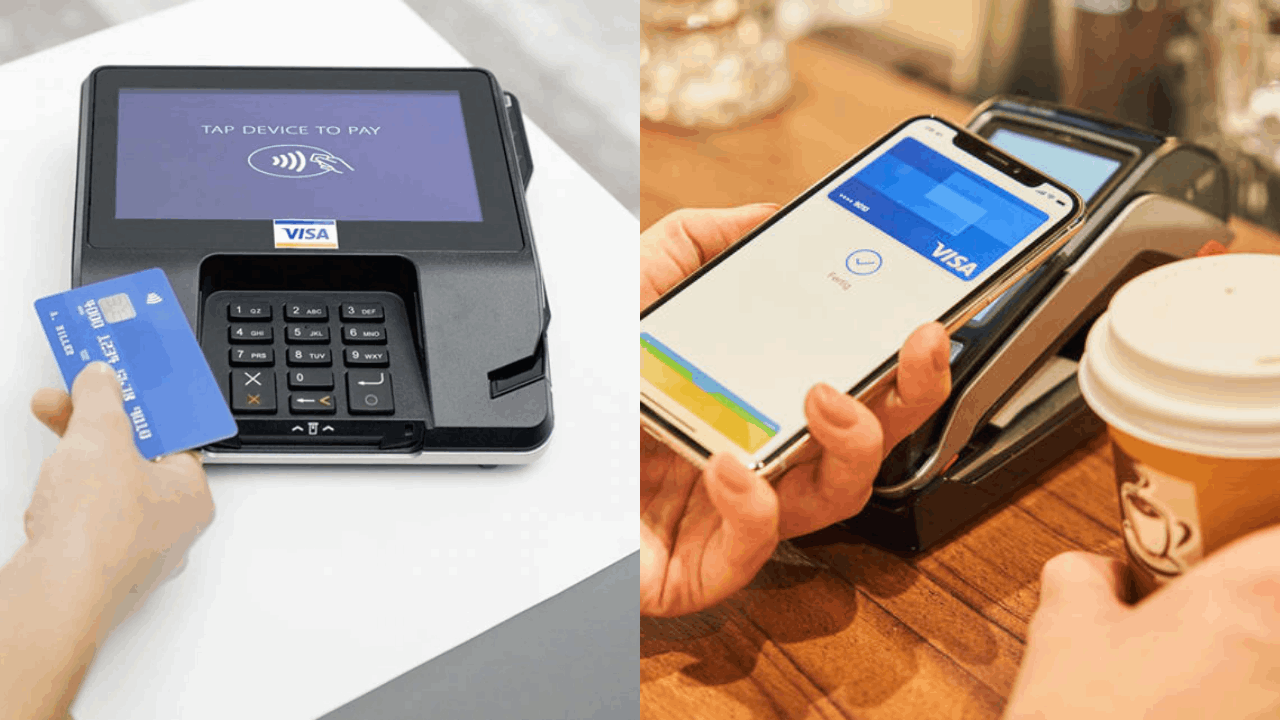
About Contactless Cards
The term ‘contactless technology’ is a way to refer to contactless smart card technology. A contactless smart card, or bank card, contains a small sophisticated computer chip inside.
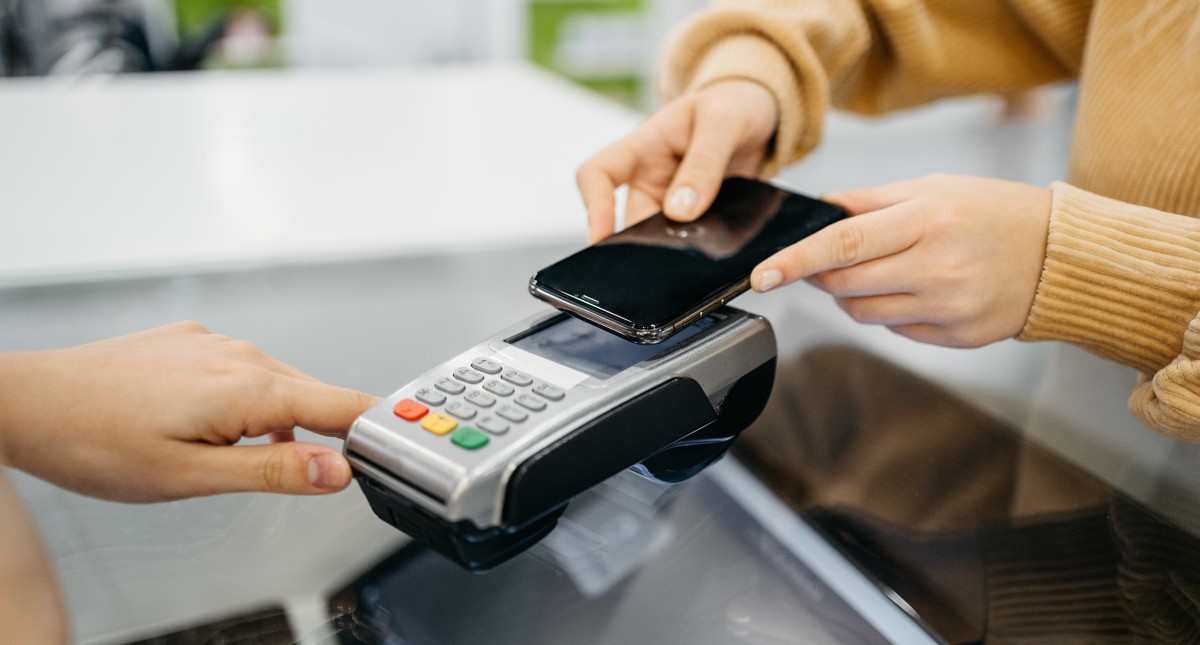
This small computer chip communicates wirelessly with card readers via a short-range frequency. When I use my contactless card to pay for purchases, I’m part of this technology.
The integrated little computer chip in my card enables me to wave the card over a card reader to make a payment. The idea is that I, the cardholder, will always be in charge of my card. I’ll never have to hand it to someone and it never leaves my hand.
Secure Payments Contactless Payments
Contactless payments use encryption and card verification to prevent the cloning of my card. With each of my contactless payment transactions, the little computer inside my card generates a code that is then communicated to the payment device.
The bank or card issuer then validates this unique code and approves the transaction. This information can only be used once. So, if fraudsters somehow obtain my card information to create a counterfeit card, they will not be able to generate dynamic codes and the transaction will be rejected.
I use my card with confidence as I know that a contactless smart card is capable of delivering the highest levels of computer security. My identity, privacy, and financial information are safe.
Other Places to Find Contactless Technology
I also know that apart from millions of people using smart bank cards every day, the technology is used in many other fields as well. These fields include passports, identity cards, and transit fare cards.
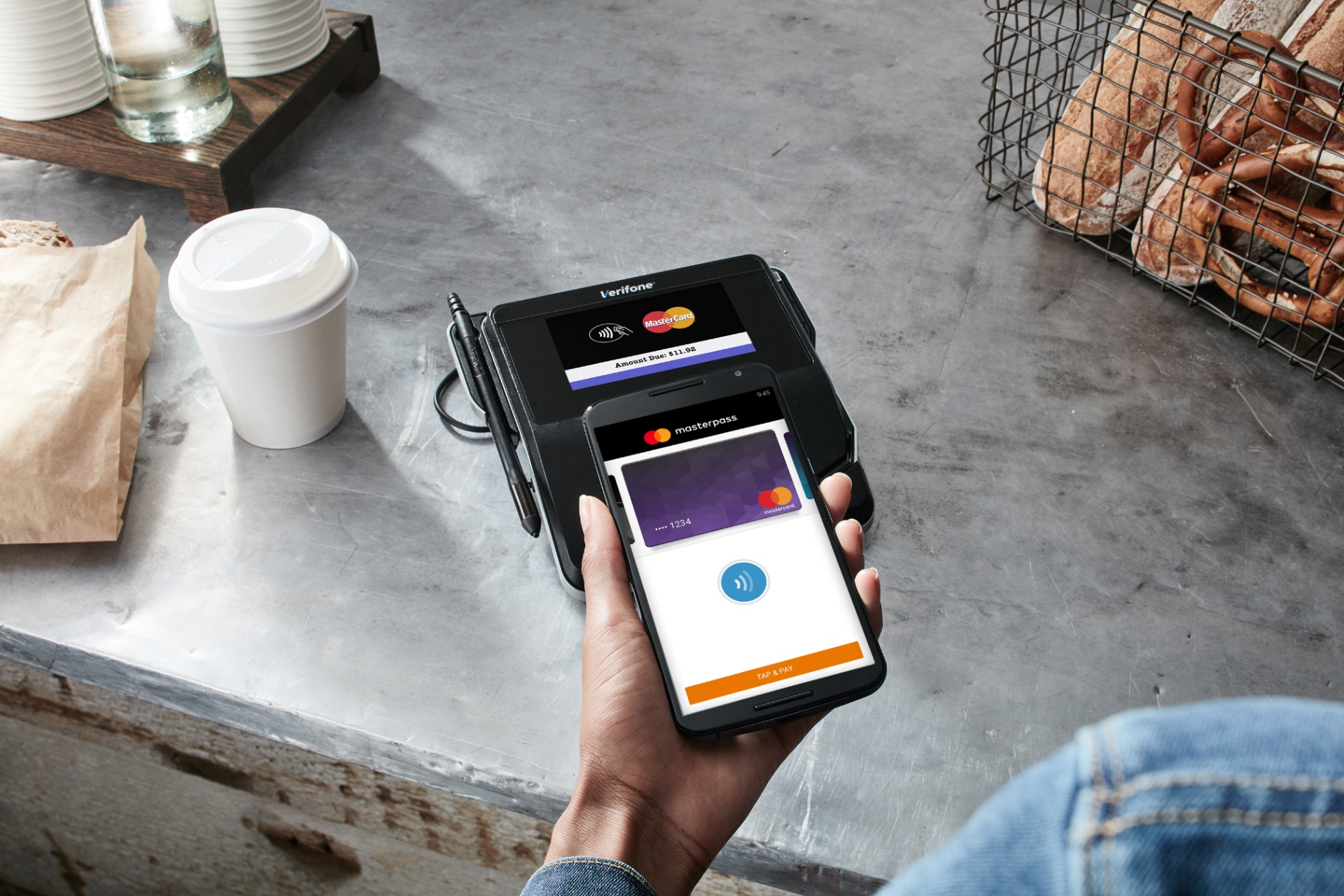
My bank cards benefit from all this widely in-use technology, as development is continuously done in all fields.
Card companies take the best from all fields and integrate new technologies into the bank cards.
This makes it easier and faster for me to shop, but it also keeps my money safe.
The History of Contactless Payments
Contactless payments started as far back as 1995 with the Seoul Bus Transport Association. They launched the world’s first-ever contactless payment card, the Upass for commuters. In 2004 contactless credit cards were used for the first time in the US.
When the credit card companies Visa, American Express, and MasterCard started offering contactless credit cards in 2008, I received my first contactless card. GoogleWallet and AndroidPay have allowed contactless payments via smartphones since 2011, and in 2014 Apple announced Apple Pay. Since 2015, wearable technology devices like my Apple Watch have accepted contactless payments.
In 2015 the US implemented EMV, which allowed thousands of merchants to get terminals that could handle contactless payments. In 2019, major credit unions, like BECU and PenFed, announced they would start issuing contactless cards.
Contactless Payments Today
As a result of the pandemic in 2020, the usage of contactless payments spiked.
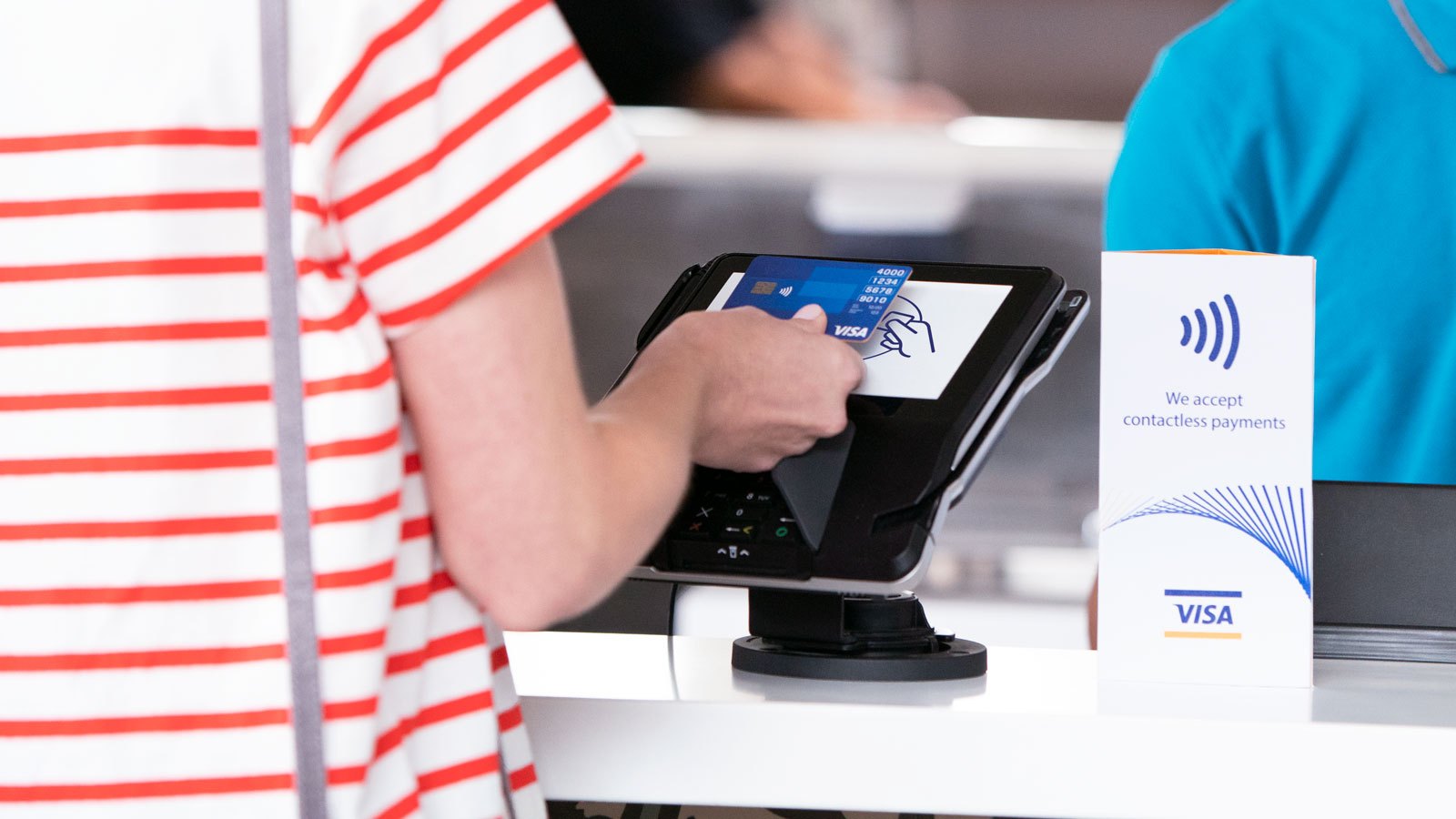
I and other customers and businesses looked for ways to exclude the handling of cash and touching communal surfaces like PIN pads. In the US alone, the usage of contactless payments rose 150% between March 2019 and June 2020.
Originally, I had only a small limit on my cards for contactless transactions. The idea was that I should use contactless payments only for small purchases. But many banks have since raised the limits, and I can now pay for more expensive purchases.
The Future of Contactless Payments
I believe that contactless payments are likely to stick around. All card issuers are indicating that they plan to make more contactless cards available every year, foreseeing massive growth in the market. Visa expects that by the end of 2021, there will be more than 300 million contactless cards issued in the US.
With the increased usage of contactless cards, mobile wallets, and QR codes, there are numerous developments going on to find other new ways of using the technology in future transactions.
Contactless payments are paving the way for technologies like the scan-pay-go functionality. This is a system where all the items are marked with a barcode or QR code in the shop to be scanned with a smartphone. This can make checkout lines, and even bank cards, unnecessary.
The Upsides of Using Contactless Payments
I’ve noticed that checkouts are much quicker when people use their contactless cards. The cashier scans my products, and I hover my card above the cashier’s card payment device. Within seconds I hear the beep, informing me that the transaction has been approved and the purchases paid.
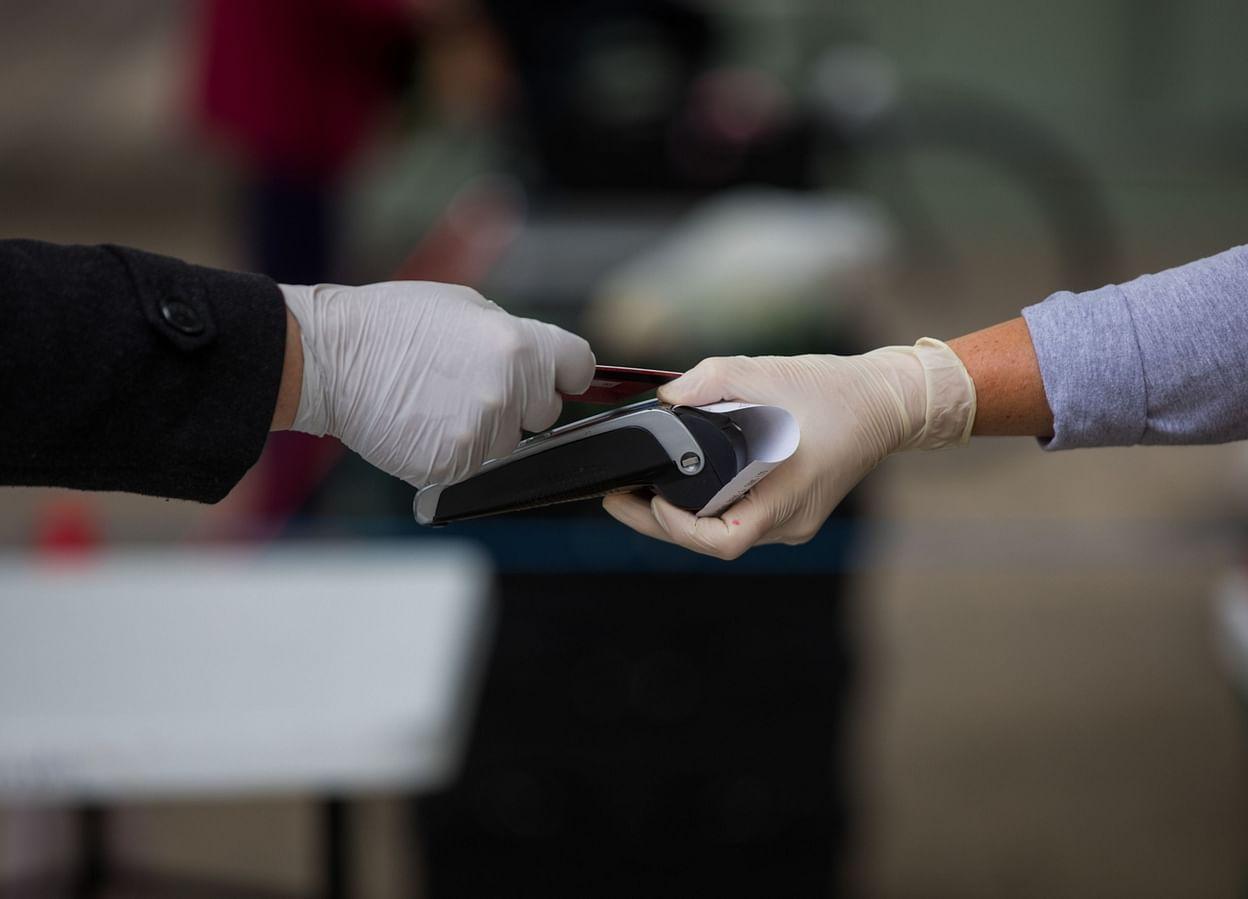
I’ve even discovered some shops where there are separate queues for customers using contactless card payments. These queues generally move faster than normal queues as every customer only needs seconds to pay.
Using contactless payments is more hygienic too. When I use my card to make contactless payments, I don’t have to touch surfaces that other people have touched. And other people don’t have to touch areas that I could have contaminated.
By using my contactless cards I also reduce points of contact between myself and shop staff. I think it is considerate of all of us to try and make less bodily contact with other people in shops and public places.
Safety and Satisfaction
The contact reduction is not only a healthier way of payment, it also makes my cards safer. I don’t have to hand my card to the cashier or type in my PIN. Nobody uses or handles my card. It never leaves my hand, and nobody can try and see what my PIN is.
I find that I more frequently go back to shops where I can use my contactless card. I’m hooked on the fast, hygienic, and safe way it works. I think that, overall, merchants are finding that their customers are very satisfied with the fast payment system. Less waiting in a queue means less customer frustration.
When I see that a merchant has implemented my preferred payment technology, I’m likely to go back there. It is a win-win situation for both the customer and the merchant.
The Cons of Using Contactless Cards
Like all things in life, there are pros and cons to nearly everything. Although the usage of contactless cards is safe there are problems if my card is stolen or lost. The ease of use and lack of PIN means that that money can be accessed quickly and easily, by anyone who has my card with them.
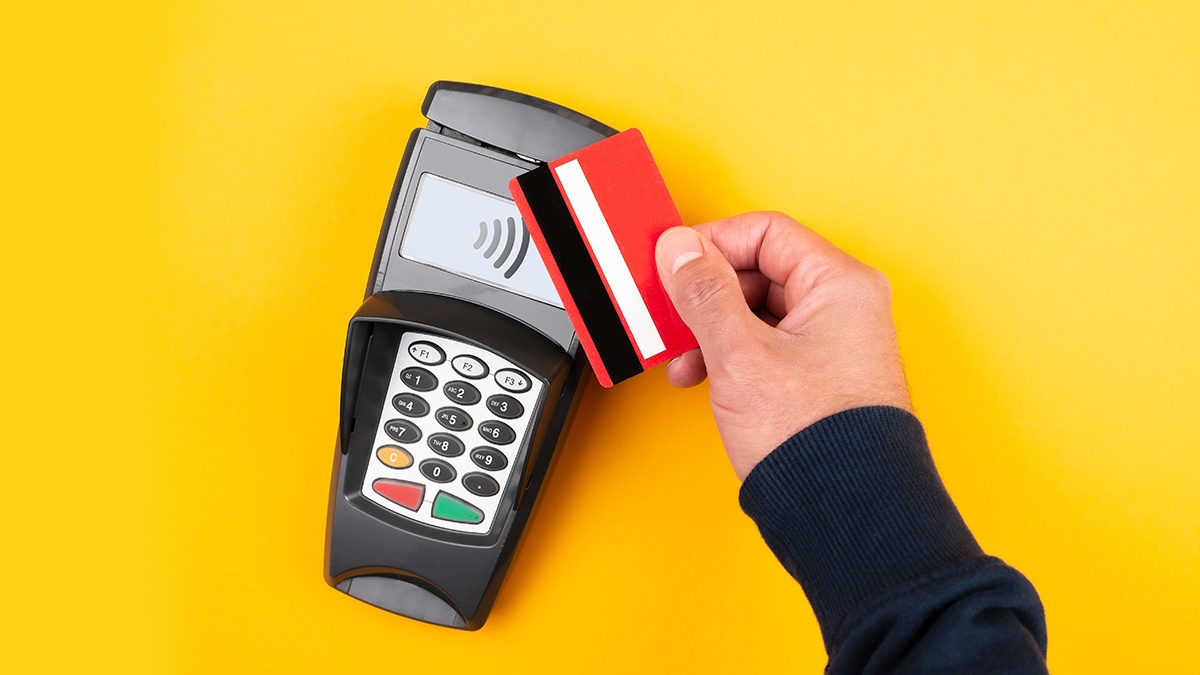
During the pandemic, many banks increased the daily limits imposed on contactless payments. Because I take fewer trips to stores, when I do visit a shop I buy more items and thus needed a higher contactless daily limit on my cards.
This means that if my card is lost or stolen, the fraudster will be able to make purchases up to the daily contactless limit, making early detection difficult. This is why I take the security and safekeeping of my contactless cards very seriously.
Low Limits and Limited Acceptance
As mentioned, banks have lifted contactless limits, but I still will not be able to buy, say, a new TV by just swiping and going. But most cards offer me the option to add a PIN code that I can use for large purchases.
In Europe, there are still many countries where contactless cards are not accepted. I’m told that this is generally a result of government regulations. But more and more countries are now starting to allow it. I hope it changes fast, as I want to use my contactless card on all my travels.
Conclusion
Contactless payments have become part of people’s daily life in most countries. If you are residing in a country where contactless payments are allowed and customary, it is perhaps a good idea to get your contactless debit or credit card now.
If you look at the pros, you’ll have to agree with me that it is the most comfortable way to pay for purchases. I foresee that in years to come contactless payments will become the only way to pay for purchases.